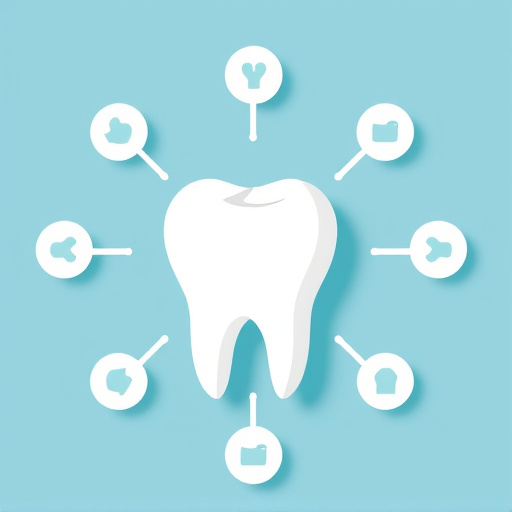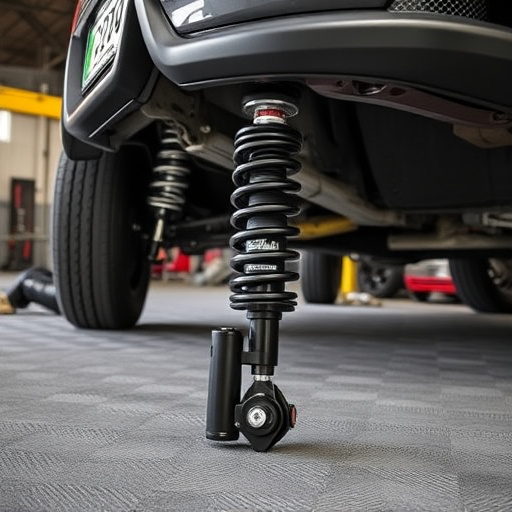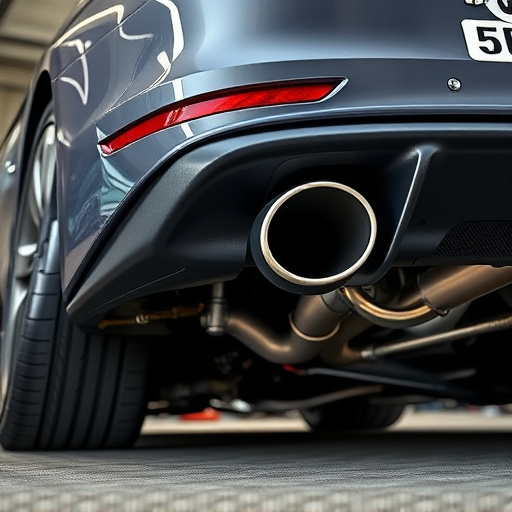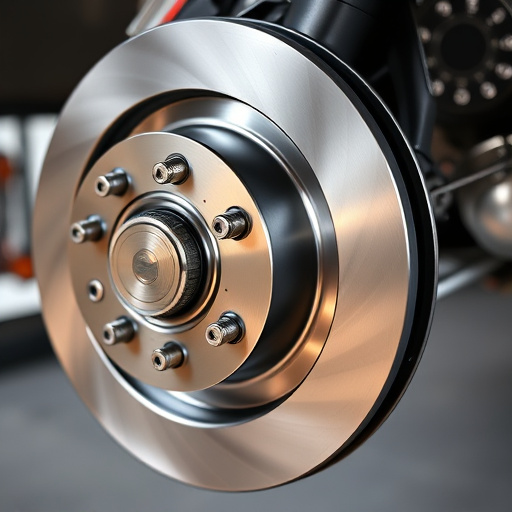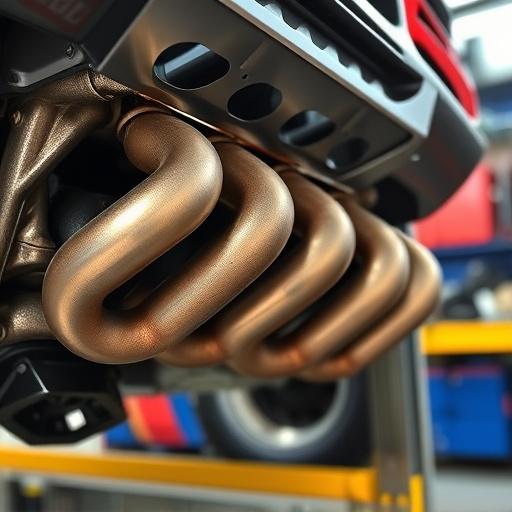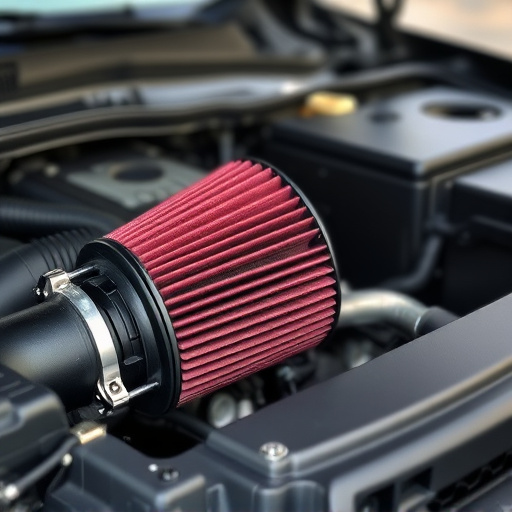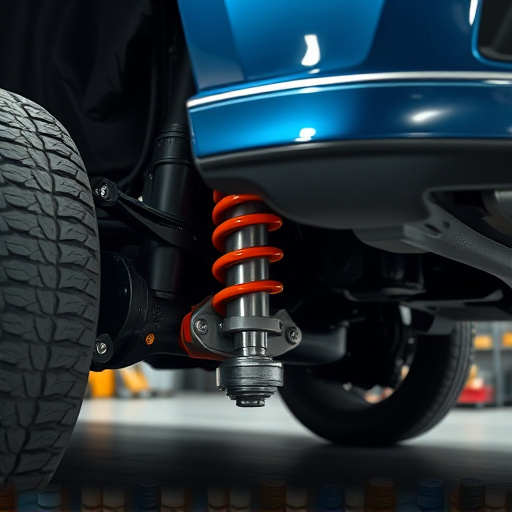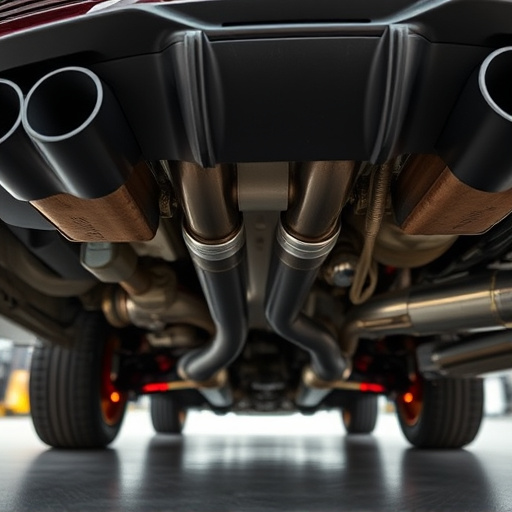Pistons, key engine components, convert linear motion to rotational force via sliding in cylinders. This interaction with valves, fuel injectors, and mufflers facilitates efficient combustion energy transfer into mechanical work, directly affecting vehicle performance. Design and material innovations in pistons reduce friction, increase compression ratios, and enhance responsiveness, contributing to higher horsepower and torque delivery.
Pistons, often overlooked, are vital engine components that play a crucial role in their operation. This article delves into the intricate functions and significance of pistons within an internal combustion engine. From their physical interaction with other parts to their ability to convert linear motion, understanding piston design and material choice is key to enhancing engine efficiency. Explore how these factors impact performance and consider pistons as the unsung heroes of modern automotive technology.
- Pistons' Physical Role in Engine Operation
- The Function of Pistons: Converting Motion
- Engine Efficiency: Impact of Piston Design & Material
Pistons' Physical Role in Engine Operation
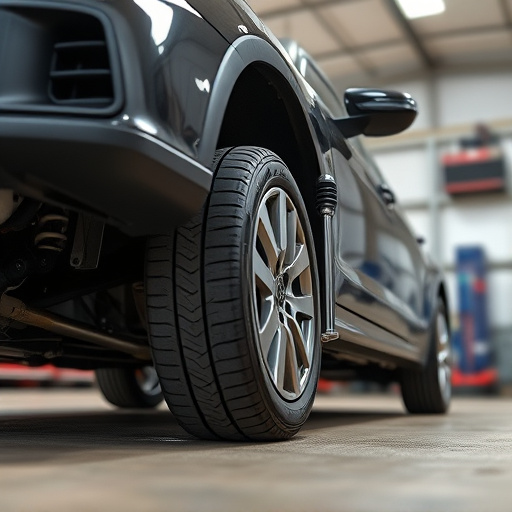
Pistons play an integral role in engine function, serving as one of the core engine components. These cylindrical objects slide back and forth within the engine’s cylinders, converting the linear motion into rotational force. This movement is achieved through the powerful interaction between the piston and the engine’s valves, facilitated by the intake of fuel and air through cold air intakes and subsequent combustion. The pistons’ sliding action pushes against a connecting rod, which in turn rotates the crankshaft, ultimately driving the vehicle’s wheels.
Understanding the physical role of pistons is crucial for comprehending how engines power vehicles. Their seamless interaction with other engine components, such as valves, fuel injectors, and exhaust mufflers, ensures the efficient conversion of combustion energy into mechanical work, directly contributing to optimal vehicle performance.
The Function of Pistons: Converting Motion
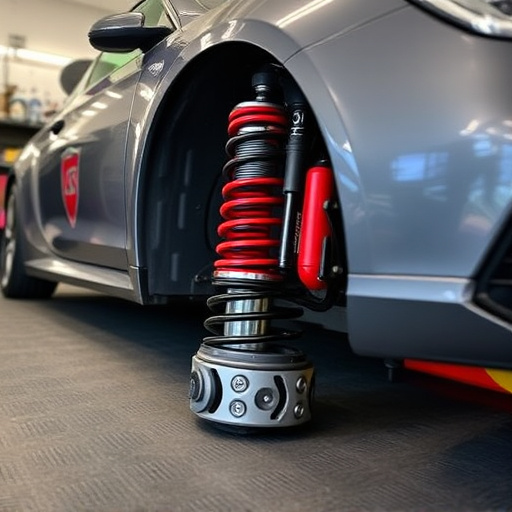
Pistons play a pivotal role in an engine’s functionality by serving as one of the key engine components. Their primary function is to convert linear motion into rotational force, which is essential for powering vehicles and various machinery. Each piston moves up and down within a cylinder, compressing fuel and air mixture or expelling exhaust gases, facilitating the four strokes of a typical internal combustion engine: intake, compression, combustion, and exhaust. This intricate process is what ultimately drives the performance exhaust systems and enhances overall engine performance.
The pistons’ motion is controlled by connecting rods, which link them to the crankshaft. As the pistons move, they cause the crankshaft to rotate, converting the reciprocating motion into rotational energy. This rotation is then channeled through transmission components to power wheels or other mechanical systems. Furthermore, factors like cold air intakes and properly maintained brake pads can influence piston performance by affecting airflow, fuel efficiency, and braking capabilities, showcasing the interconnectedness of these engine components.
Engine Efficiency: Impact of Piston Design & Material
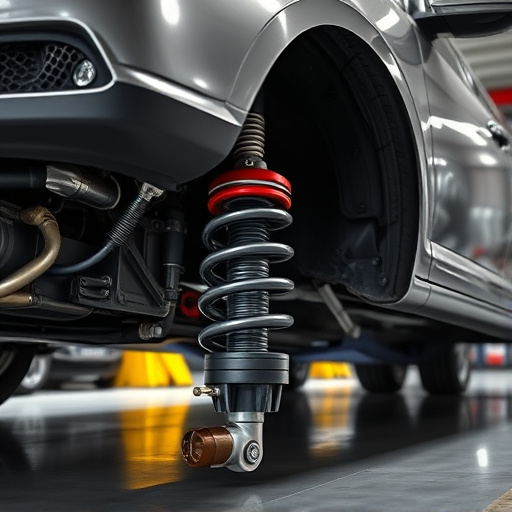
The design and material of pistons play a pivotal role in enhancing engine efficiency. These essential engine components are responsible for converting the linear motion of expanding gases into rotational force, driving the vehicle’s wheels. Advanced piston designs, such as those featuring lightweight alloys or optimized profiles, can significantly improve engine performance by reducing friction and increasing compression ratios. This results in better fuel combustion and overall energy transfer, ultimately contributing to higher horsepower output and improved torque delivery.
When considering the impact of piston material, high-performance engines often employ specialized alloys like aluminum or titanium. These materials offer a lighter alternative to traditional cast iron pistons, allowing for quicker acceleration and enhanced engine responsiveness. Furthermore, the integration of advanced coating technologies on piston surfaces can provide additional benefits. Coating applications, similar to those found in brake pads or coilover kits, can minimize friction, enhance durability, and even improve heat dissipation. Similarly, high-flow air filter kits contribute to optimal air intake, ensuring a steady supply of clean air for efficient combustion.
Pistons, as integral engine components, play a pivotal role in converting linear motion into rotational force, enabling smooth and efficient power generation. Understanding their design, material choices, and impact on engine efficiency is crucial for optimising performance and improving overall engine functionality. By tailoring piston specifications to specific applications, engineers can enhance engine output while ensuring durability and reliability.
